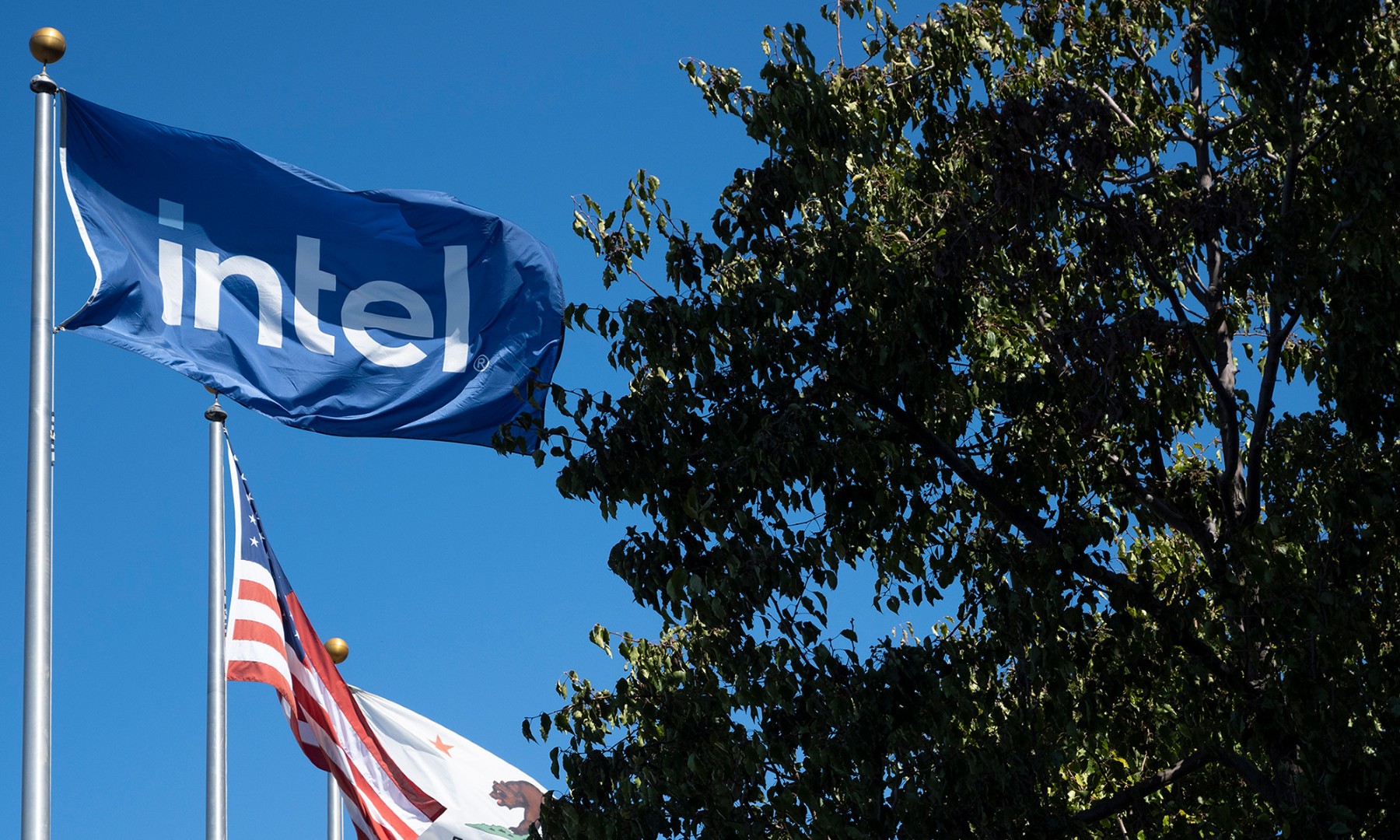Intel's (INTC 3.46%) execution in the PC market has been quite good, driven by a strong technology roadmap and solid execution against it. In ultra-mobile, where the company is relatively new, Intel has begun to see initial success in tablets against the bevy of ARM Holdings (ARMH +0.00%)-based players with its Atom line of processors. That said, though Atom continues to strengthen, Intel seems interested in bringing its high-performance Core processors into the tablet market.
What we saw at Computex
At the Computex trade show in Taipei, Taiwan, this year, Kirk Skaugen, Intel VP and general manager of the PC client group, showed off something pretty neat.

Source: Intel.
What you see in Skaugen's hands is a reference tablet powered not by one of Intel's Atom processors, but instead a new line of processors known as Core M. This is a family of processors based on the same CPU and graphics cores found inside the company's PC based Core processors.
Of course, those cores are scaled back to draw less power than the full Ultrabook variants, but the real-world performance of two beefy CPU cores, a fast shared cache, and PC-class graphics even at lower clock speeds should far outperform any Atom- or ARM-based mobile chip, although the Core M processors won't come cheap.
To put it in perspective, this reference design not only requires no fans but is also a mere 6.8 millimeters thick -- thinner than an Apple iPad but a bit thicker than Samsung's recently announced Galaxy Tab S, which comes in at 6.6-millimeters thick.
It only gets better in the future
Intel more or less gets the Core M product line for free, since the current Core M silicon looks to be very similar, if not identical, to the Ultrabook-focused Core processors.
However, if this market segment expands over time to become a material and distinct revenue driver from the traditional Core products for Ultrabooks, Intel may invest more into making this product line unique -- perhaps by integrating more features like an image signal processor or connectivity onto the same piece of silicon.
Foolish bottom line
Though it's too early to tell what kind of revenue impact this will have for Intel over the long run, it's encouraging to see all assets being leveraged up and down the product stack. By bringing the crown-jewel Core processors down to the Android tablet market, Intel is effectively staking its claim to the very highest end of that market. It will be very interesting to see where this all goes over the next few years.






